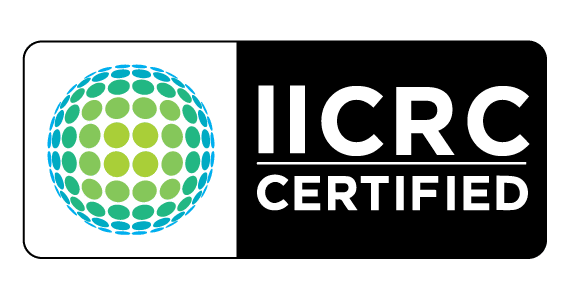
Post Flood Cleanup: A Step-By-Step Guide
Post Flood Cleanup: A Step-By-Step Guide It’s finally over! The dark clouds have cleared up, there’s blue sky ‘up yonder,’ and the rays of the
In our blog, A Comprehensive Guide To Cleaning Up After A Flood, we wrote about physically cleaning a home or business of nature’s rainstorm or the water overflow caused by home appliances to the tile, hardwood, or carpeted floors. The Mitigation, Remediation, Restoration Of Water Damage blog explained how Exit Mold, a home restoration company, plans the process to flood water cleanup of a home or business: water removal, water remediation, and home restoration and reconstruction. In this blog, we will detail the work of reconstructing a water-damaged home or business and its contents.
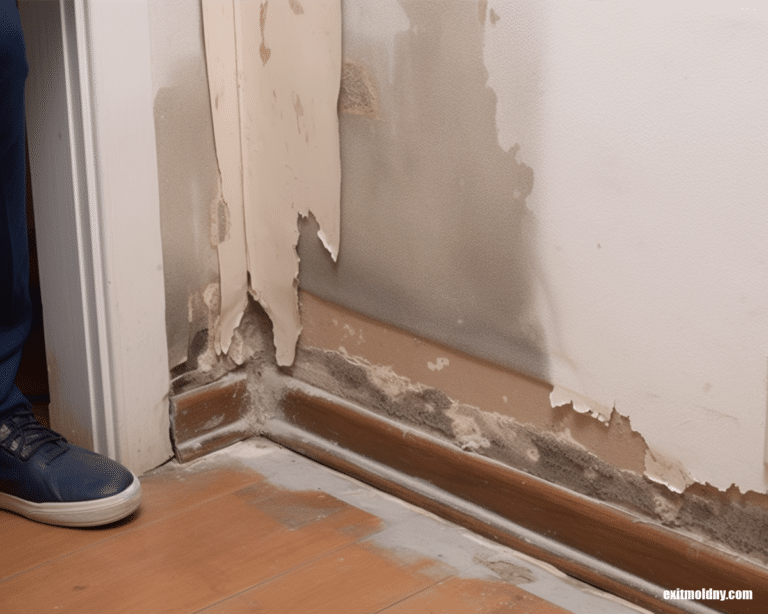
After a home or business flood, caused by the natural disaster of a hurricane, tropical storm, the steady rain that brings flash flooding, or caused by a plumbing pipe or water heater bursting, or toilet, tub, or sink overflow, a leaky roof, or water that begins flowing in because of clogged home gutters, there are first steps that need be taken before the home restoration firm can enter the home and begin home flood remediation.
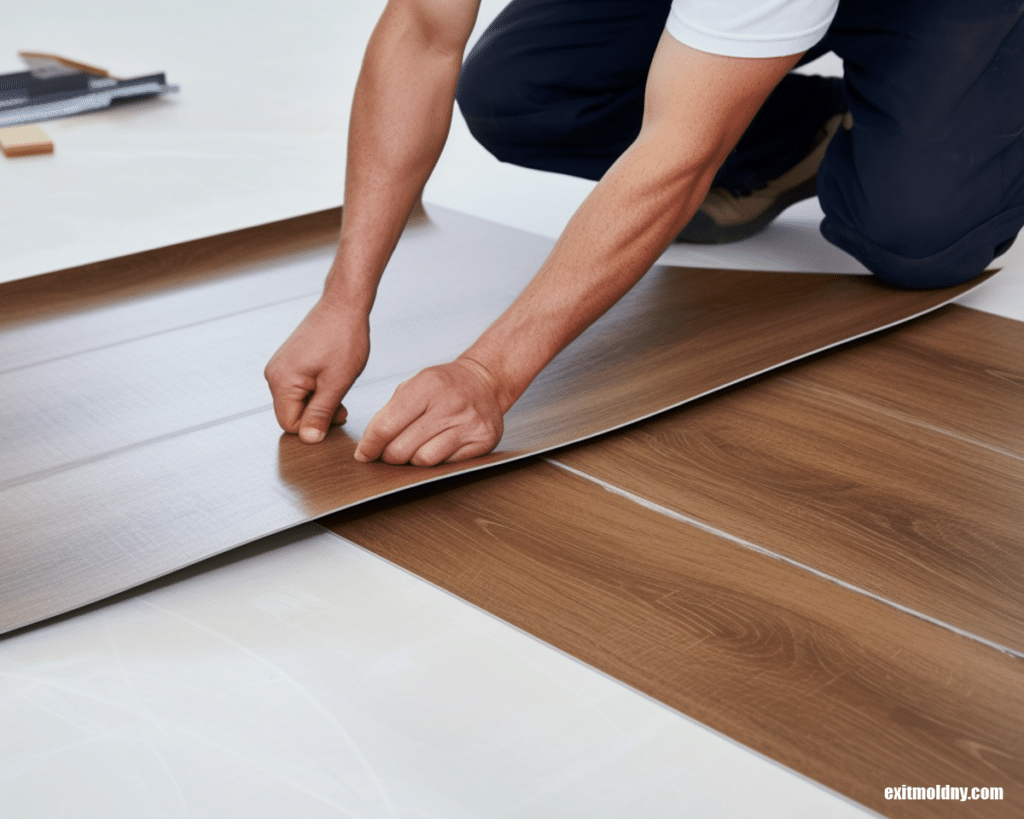
Repair of a water-damaged home can be minor or extensive and expensive. As stated, an inspection of the home is the first step in the process of home flood repair and restoration. Such inspection involves looking for signs of moisture, as well as weaknesses in the structure of the home.
Structural areas of business or home that are addressed as part of home restoration after water damage include:
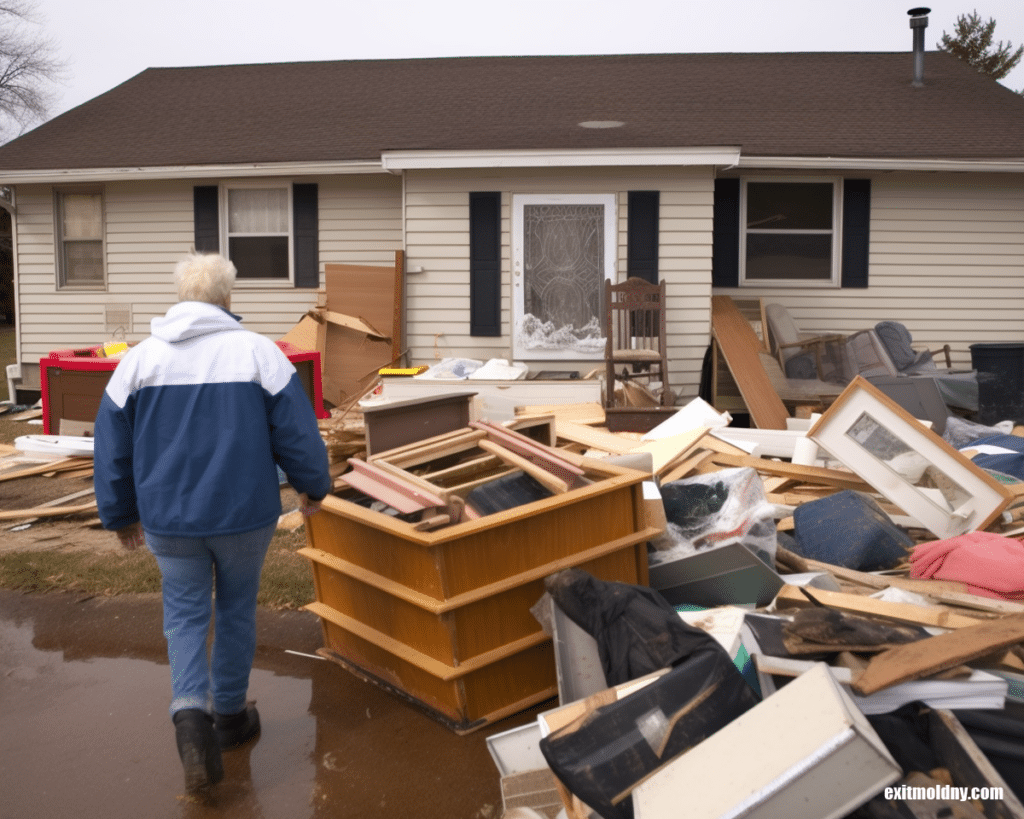
The process of home repair and restoration, when flood damage is extensive, will involve the gutting of the home or business, starting with the rebuilding of the home frame. With the new home frame in place, the home restoration firm will begin the installation of new insulation, wiring, plumbing, and sheetrock. Then, onto the interior home restoration, installing new doors, windows, and floors, hanging drywall, and setting in place all that makes a house a home: painting walls, installing the countertops, and the light fixtures.
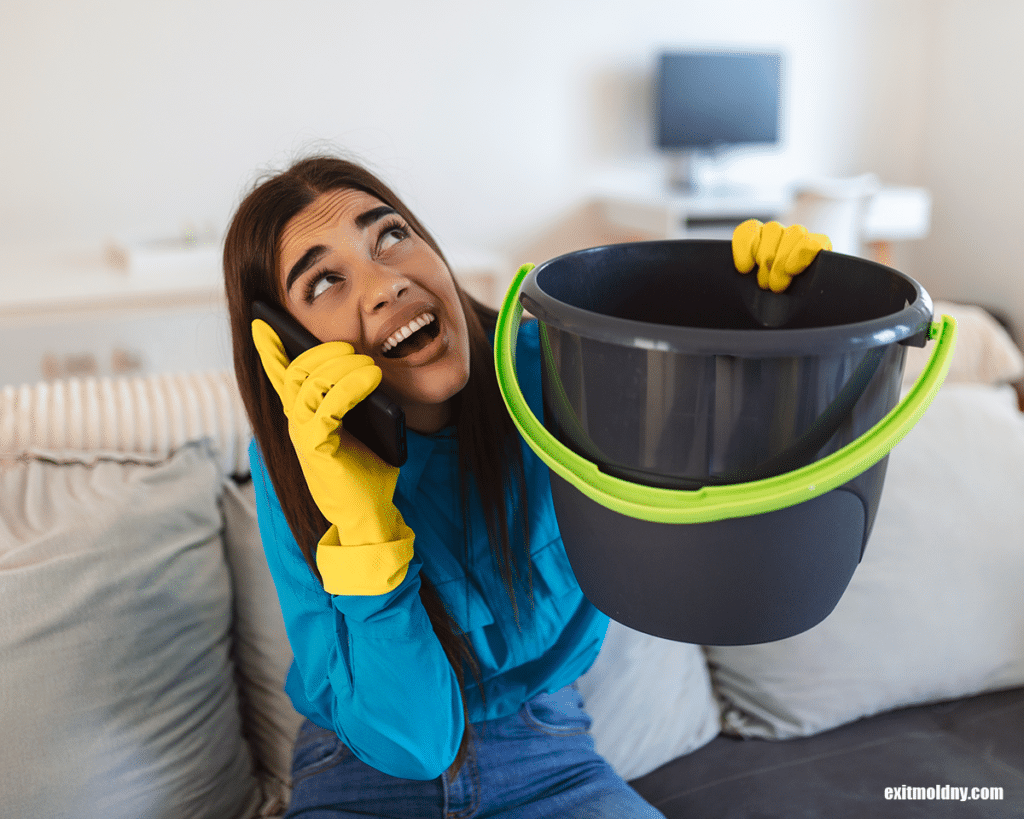
The professionals of Exit Mold are experienced in understanding the emotional trauma that natural disasters or accidental home flooding can have on families and use only the best technological devices and business practices to expedite the restoration of a home or business. Exit Mold has been serving NYC and its five boroughs in flood and water damage restoration, mold remediation, fire and smoke damage restoration, lead services, or XRF lead testing for 25-plus years! Contact us if you have any questions concerning any home restoration project!

Post Flood Cleanup: A Step-By-Step Guide It’s finally over! The dark clouds have cleared up, there’s blue sky ‘up yonder,’ and the rays of the
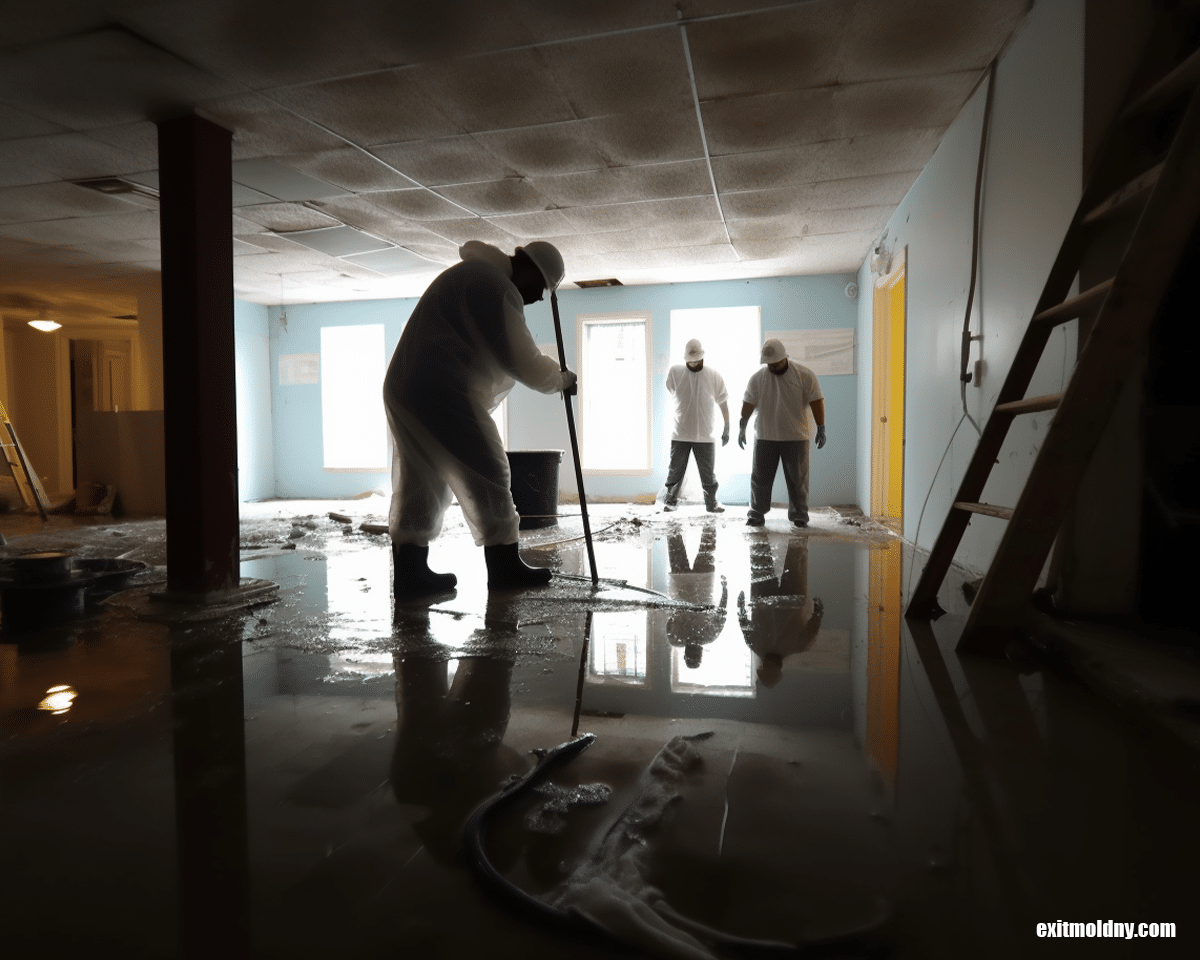
A Comprehensive Guide To Navigating Cleanup After A Flood Flash flooding is a normal phenomenon in densely populated cities such as New York, with many
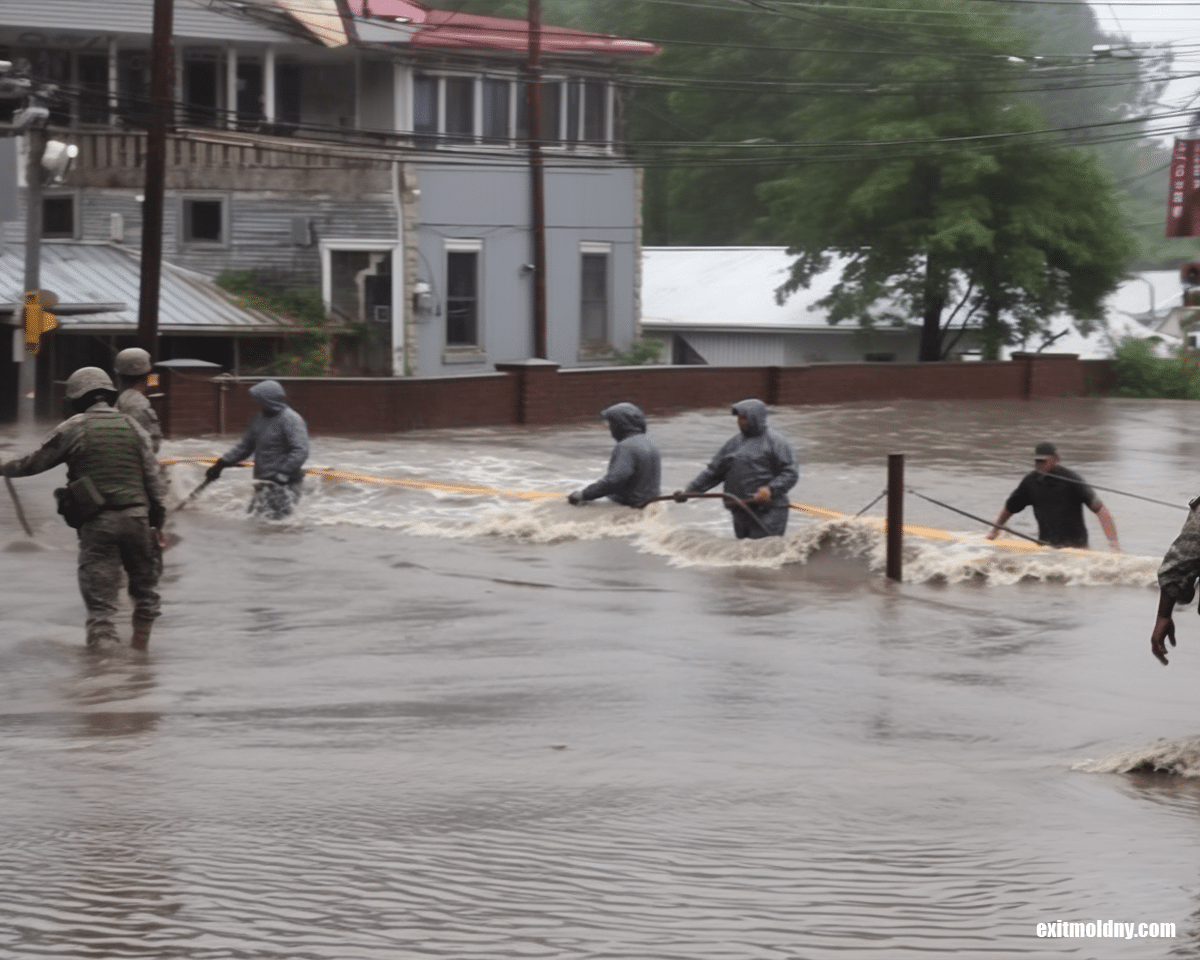
Emergency Response: What To Do During A Flood While we at Exit Mold, a New York home restoration firm serving NYC and the five boroughs



New York 5 Boroughs Area
10 Brower Ave.
Woodmere, NY 11598
(516) 512-7877
Miami Dade County Area
2509 N Miami Ave
Miami Fl 33127
(786) 465-2300
